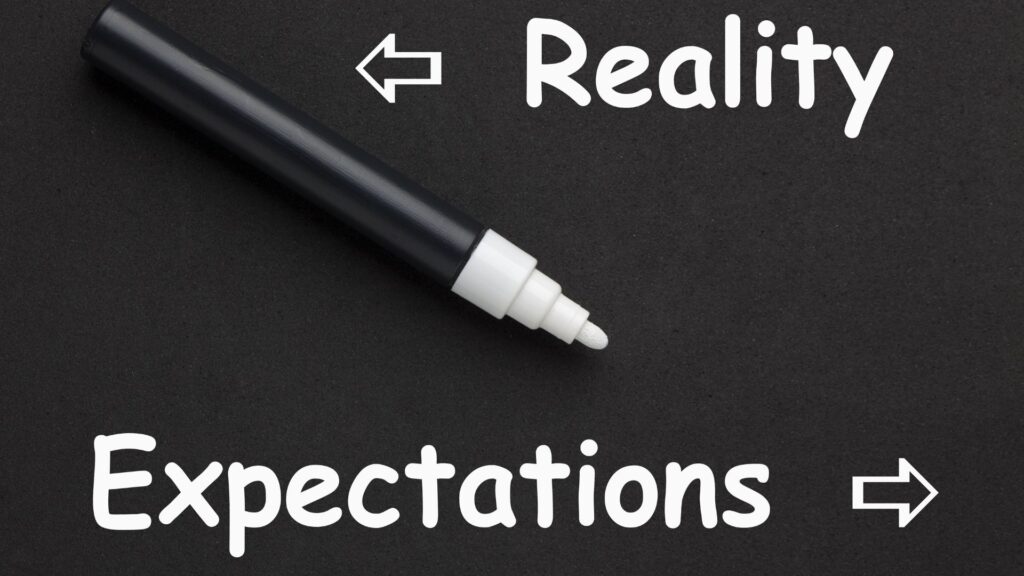Introduction
In the realm of professional photography, especially in headshot retouching, managing client expectations can often be a delicate balancing act. Understanding what clients envision versus what is realistically achievable is crucial for maintaining client satisfaction and professional integrity.
Understanding the Dynamics of Client Expectations
Clients approach headshot retouching with varied expectations influenced by personal preferences, industry standards, and sometimes unrealistic ideals perpetuated by media. It’s essential to grasp these dynamics to navigate the feedback process effectively.
What are Client Expectations in Headshot Retouching?
Client expectations typically revolve around achieving a polished, yet natural look that enhances their features without appearing overly edited. They may desire adjustments to skin tone, blemish removal, or enhancements to facial features while still retaining authenticity.

Setting Clear Expectations from the Start
To mitigate potential misunderstandings, establishing clear expectations from the initial consultation is pivotal.
Importance of Initial Consultations
Initial consultations serve as the foundation for a successful client relationship. They provide an opportunity to discuss the client’s vision, preferred style, and specific requirements for the retouched headshots.
Discussing Vision and Preferences
During consultations, photographers should actively listen to clients’ desires while offering professional insights into what is feasible within the scope of the retouching process.
Creating Realistic Timelines and Milestones
Setting realistic timelines and milestones ensures that both parties are aligned regarding project deliverables and revisions.
Managing Expectations on Delivery
Clearly outlining the timeframe for delivering proofs and final edits helps manage client expectations regarding turnaround times and the iterative nature of the retouching process.
Managing Feedback Effectively
Receiving and interpreting client feedback is a critical aspect of headshot retouching. Effectively navigating this process can significantly impact client satisfaction and project success.
Receiving Initial Feedback
Upon presenting initial edits, photographers should anticipate feedback ranging from minor adjustments to more substantial revisions.
How to Interpret and Prioritize Feedback
Understanding the intent behind client feedback allows photographers to prioritize changes that align with the client’s vision while maintaining professional standards.
Implementing Revisions
Balancing client requests with professional judgment is key to achieving the desired outcome while upholding the integrity of the photographer’s work.
Strategies for Clear Communication
Clear communication ensures that revisions address client concerns comprehensively while adhering to technical and artistic standards.
Navigating Common Misunderstandings
Despite clear communication, misunderstandings can arise, requiring tactful management to preserve client relationships.
Dealing with Unrealistic Demands
Educating clients on the limitations of digital retouching and offering alternatives that align with realistic expectations can mitigate frustration.
Educating Clients on Feasibility
Guiding clients through the possibilities and limitations of retouching techniques fosters a collaborative approach to achieving satisfactory results.
Addressing Miscommunications
Proactively addressing miscommunications with empathy and clarity helps maintain trust and transparency throughout the project.
Strategies for Clear Communication Channels
Utilizing effective communication channels, such as email summaries or virtual meetings, minimizes misunderstandings and ensures alignment on project goals.
Tools and Techniques for Transparent Communication
Incorporating visual aids and collaborative tools enhances transparency and facilitates constructive feedback loops between photographers and clients.
Utilizing Visual References
Mood boards, sample edits, and visual references provide tangible examples that clarify client expectations and guide the retouching process.
Benefits of Mood Boards and Sample Edits
Visual aids enable clients to visualize potential outcomes, fostering a shared understanding of desired adjustments and enhancing collaboration.
Software for Real-Time Collaboration
Harnessing technological advancements in real-time editing and virtual feedback sessions streamlines communication and accelerates the revision process.
Enhancing Feedback Loops with Technology
Integrated software solutions enable immediate client feedback and adjustments, promoting efficiency and responsiveness in the retouching workflow.
The Role of Patience and Empathy
Navigating client feedback requires photographers to cultivate patience, empathy, and professionalism in every interaction.
Handling Emotional Responses
Acknowledging and addressing emotional responses to initial edits with empathy cultivates trust and facilitates productive discussions.
Techniques for Calm and Constructive Conversations
Using active listening and respectful dialogue, photographers can navigate sensitive feedback with professionalism and understanding.
Building Long-Term Relationships
Investing in client relationships through effective feedback management fosters loyalty and repeat business opportunities.
Fostering Trust and Loyalty Through Feedback Management
Consistently exceeding client expectations through attentive feedback management establishes photographers as trusted partners in their clients’ success.
Conclusion
Managing client expectations in headshot retouching is a nuanced process that requires proactive communication, empathy, and technical expertise. By setting clear expectations, navigating feedback thoughtfully, and leveraging collaborative tools, photographers can deliver exceptional results while fostering long-term client relationships.
FAQs About Managing Client Expectations in Headshot Retouching
- How can I set realistic expectations for clients in headshot retouching? Setting expectations involves clear communication, discussing limitations, and showcasing realistic examples.
- What should I do if a client’s feedback is unclear or contradictory? Seek clarification through specific questions and examples to align feedback with actionable revisions.
- Is it common to encounter unrealistic client expectations in headshot retouching? Unrealistic expectations can arise but can be managed through education, setting boundaries, and offering alternatives.
- What role does transparency play in managing client expectations? Transparency builds trust by keeping clients informed about processes, timelines, and possible outcomes.
- How can I improve my feedback management skills as a headshot retoucher? Continuous improvement involves active listening, empathy, and adapting communication styles to suit individual client preferences.














